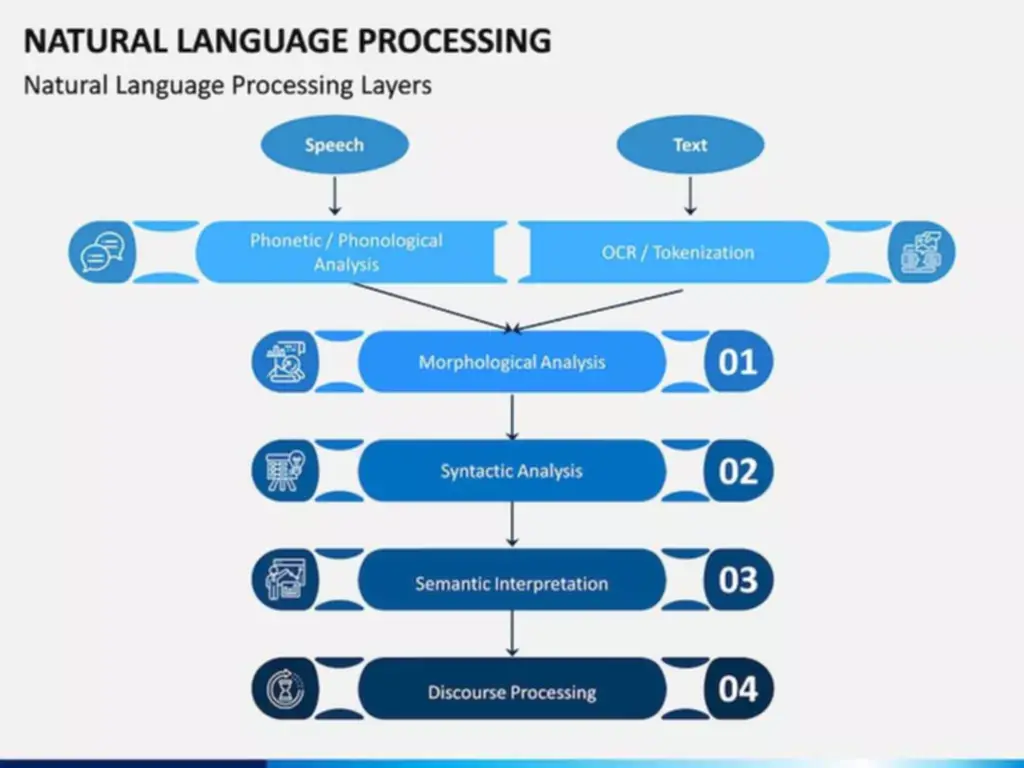The energy of hybrid integration is that it’s accessible to a constituent base far past conventional IT specialists. As collaboration is important right now throughout all stakeholders, creating integrations faster is significant. Whether it’s a simple, simple hybrid integration solutions connection or a more difficult hybrid situation, the event and deployment ought to happen fairly quickly. By outsourcing integrations, your IT team will have the power to focus in your product and repair growth. Juha Berghäll is the CEO and Co-founder at ONEiO – a cloud-native integration service supplier. He largely writes about modern integration options and iPaaS developments from a strategic perspective.
What A Hybrid Integration Platform Actually Is?
Deployment Models – Hybrid integration has usually been defined as integration of on-premises and cloud deployment however with the elevated adoption of IoT devices, this new setting must be included too. Hybrid Integration strategy should now embody on-premises, cloud, multi-cloud environments and embedded or IoT devices. The IT area has turn into significantly more diversified in current times, so HIPs should have the capability to integrate throughout quite a few domains.
This Acknowledged As A Notable Vendor By Forrester In Its 2024 Report On The Api Management Software Program Landscape
Hybrid integration platforms employ a batch transfer mannequin to transfer data quickly. With excessive information transfer charges, more advanced tasks may be performed inside the network. As cloud computing expands, software architectures have evolved, turning into extra modular and transportable, making them simpler to deploy and run. With event-driven structure, runtime and protocols are decoupled for higher scalability.
World Integration Platform As A Service (ipaas) Market [2023-2030] Growth, Measurement, Demand, Developments, Insights

As a quick note, it’s crucial to assume about what you intend on using hybrid integration platforms for. Some gadgets that aren’t on this listing might be unmissable for you depending in your meant use cases, in which occasion you must add these to your criteria too. Lastly, enterprise integration instruments for hybrid cloud ecosystems are typically very versatile. A cloud-based resolution may be custom-made extra easily than an on-premise-based one. This gives enterprises the room they should adjust instruments to their specific needs. It’s necessary to notice that cloud environments are, by their nature, highly scalable.

How Your Friends Solved Frequent Ibm Mainframe Challenges
The only difference between them is that the previous could be delivered within the cloud or as on-premises software program, whereas the latter can solely be delivered in the cloud. Instead of ranging from the basic principle that the whole infrastructure needs to be modernized, enterprises ought to truly method integration beneath the premise that certain parts of their legacy techniques ought to remain intact. Once they’ve decided which legacy elements will keep, they’ll gradually and progressively begin migrating the rest of the system to a extra fashionable integration panorama. Hybrid integration ought to form the initial, essential step of any digitalization technique.
Information Integration Success Necessities

As for the hybrid integration architecture, now that we established what hybrid cloud „consists” of, it is simple to see that when it comes to hybrid integration, it’s mainly the identical concept. The entire point of assorted environments being linked is that information can transfer freely between them. In reality, although, you should also think about not only your individual environments, but in addition partners environments, too. This is why you have to define a correct hybrid integration strategy right from the beginning.
- It enables real-time information sharing by connecting all business-critical applications across on-premises, cloud, cell, and IoT infrastructure.
- For example, imagine your on-premises ERP system must send stock knowledge to a cloud-based order management system.
- Often, they might want to cooperate with large enterprises that use legacy purposes and outdated EDI processes, and the startups wish to capture the info by way of their REST APIs.
- This report reveals how each supplier measures up and helps know-how architecture and delivery (TAD) professionals select the right one for their wants.
With the assistance of a hybrid integration platform (HIP), organizations can build and manage complicated integrations, automate enterprise processes, and gain significant insights from their information. In this text, we discover the important thing options and advantages of HIPs, their real-life applications, and extra. From design to deployment, HIPs provide highly effective capabilities and resources to automate workflows, streamline software administration, and speed up time to market.
IBM combines conventional middleware options with cutting-edge applied sciences like AI and blockchain, providing a robust platform that supports a extensive range of integration needs. From API lifecycle management to secure gateway services and event streaming, IBM’s Cloud Pak for Integration equips businesses with the tools essential to combine complicated systems effectively and securely. Cloud integration platforms are increasingly embedded in SaaS and other functions, offering integration as a service. This improvement is increasing the use and flexibility of integration processes, resulting in a surge in purpose-built applications enhanced by embeddable integrations. A good example of how HIP can be used is a case if you use on-premise legacy techniques and additionally have IoT devices, for instance, to trace your shipments to improve your supply chain.
The VPN Agent is а safe VPN tunnel specifically created to access any useful resource in your local environment, corresponding to your internal database or an on-prem enterprise CRM system. Our platform uses the VPN Agent to speak information to and from your native information supply safely and securely. Regardless of your talent stage and automation objectives, our User Interface and open API have features that will increase your productiveness. If businesses do not discover ways to integrate these different elements of their technological infrastructure, it could lead to info not being stored updated and specific processes changing into less environment friendly. Your group is most likely going trying to build dozens, if not tons of, of integrations with a HIP. To help you accomplish that quickly and without relying in your builders, the HIP should provide an extensive assortment of pre-built utility connectors.
OpenLegacy’s HIP is right for organizations with business-critical knowledge in both on-premise functions and the cloud, or organizations which have all their information within the cloud and wish an on-premise-focused answer. Ideally, you’ll be in search of a platform with secure file switch management that’s suitable with each app and site you have to switch recordsdata from. It also makes it easier to get a clear overview of all the information you’re dealing with at a given time. Now you’ve outlined the hybrid strategy you want to take and considered alternate options to your plans, it’s time to evaluate the hybrid cloud infrastructure choices at your disposal.
Hybrid integration platforms reduce the quantity of growth time wanted to get purposes to work collectively. With time-saving practices such as low-code and drag-and-drop capabilities, less time-consuming growth, allowing developers and architects to focus on digital transformation initiatives versus piecemeal coding tasks. Finally, and most importantly for many enterprises, hybrid integration helps an developed and frictionless expertise for patrons and companions. With a modular IT infrastructure, new technologies are easily applied to elevate the client experience, which in turn builds loyalty and stickiness, defending and advancing market share and profitability. Business leaders are continually looking for new ways to remodel their organizations through the use of know-how and data to drive innovation and enterprise outcomes.